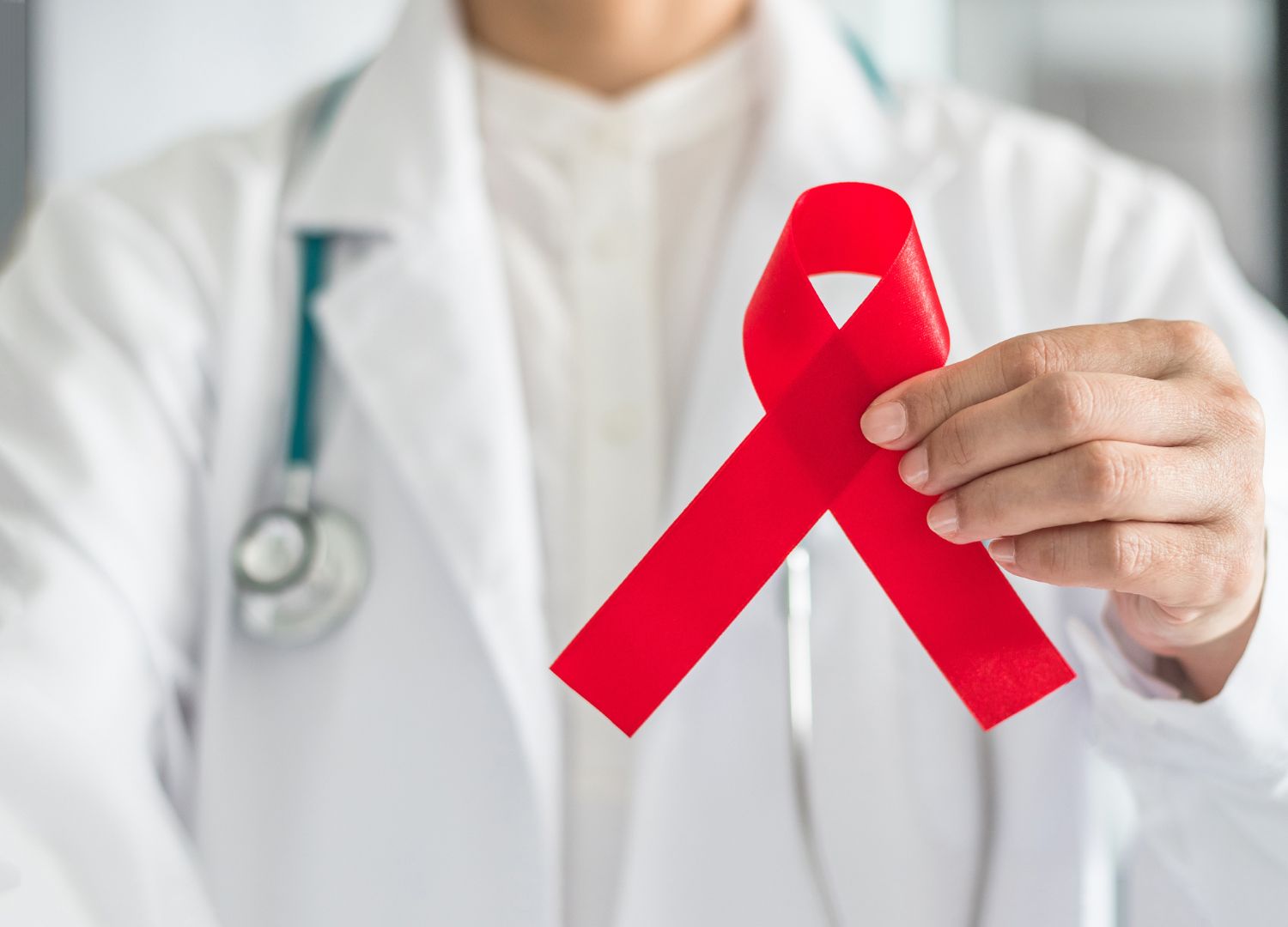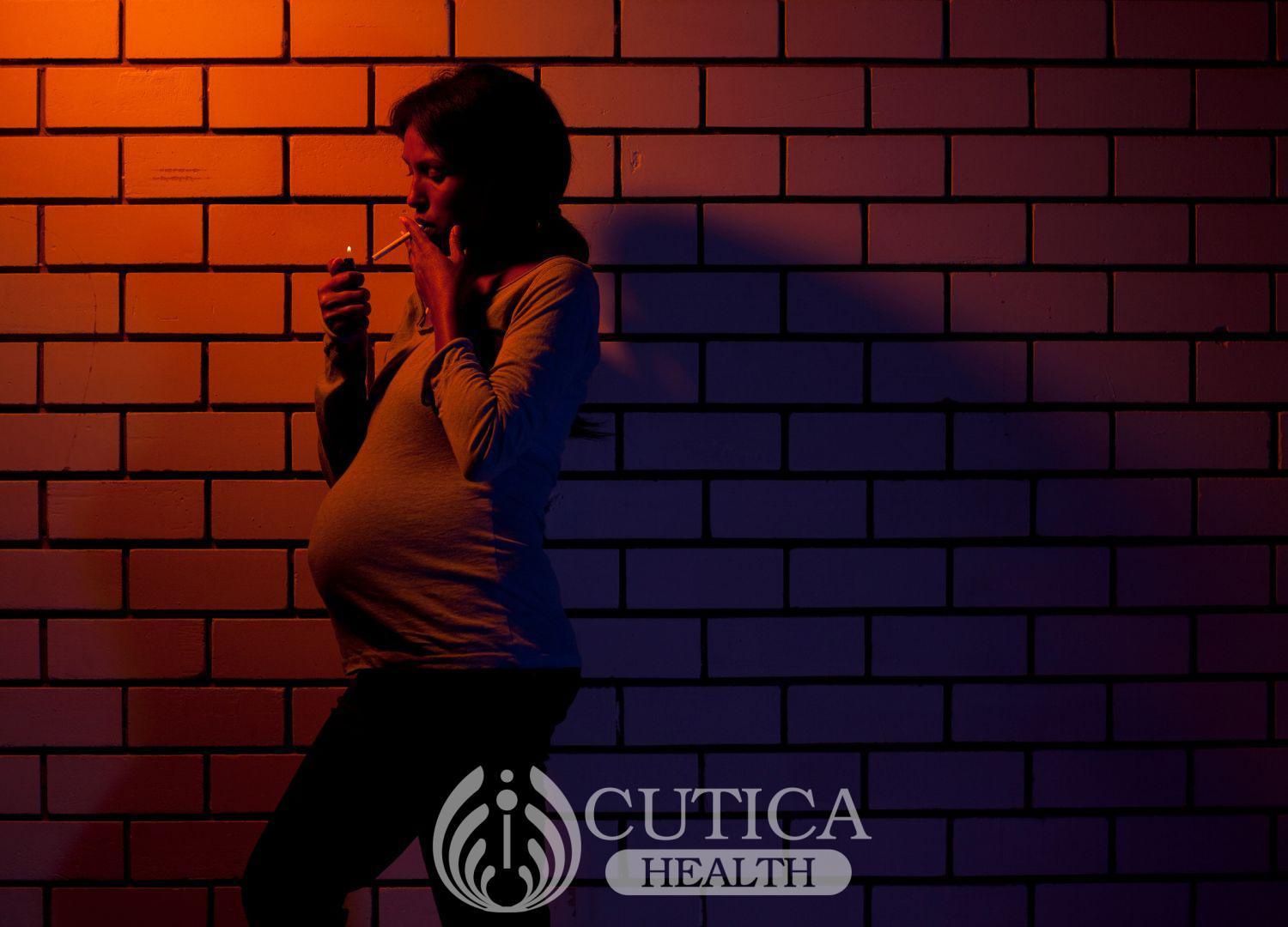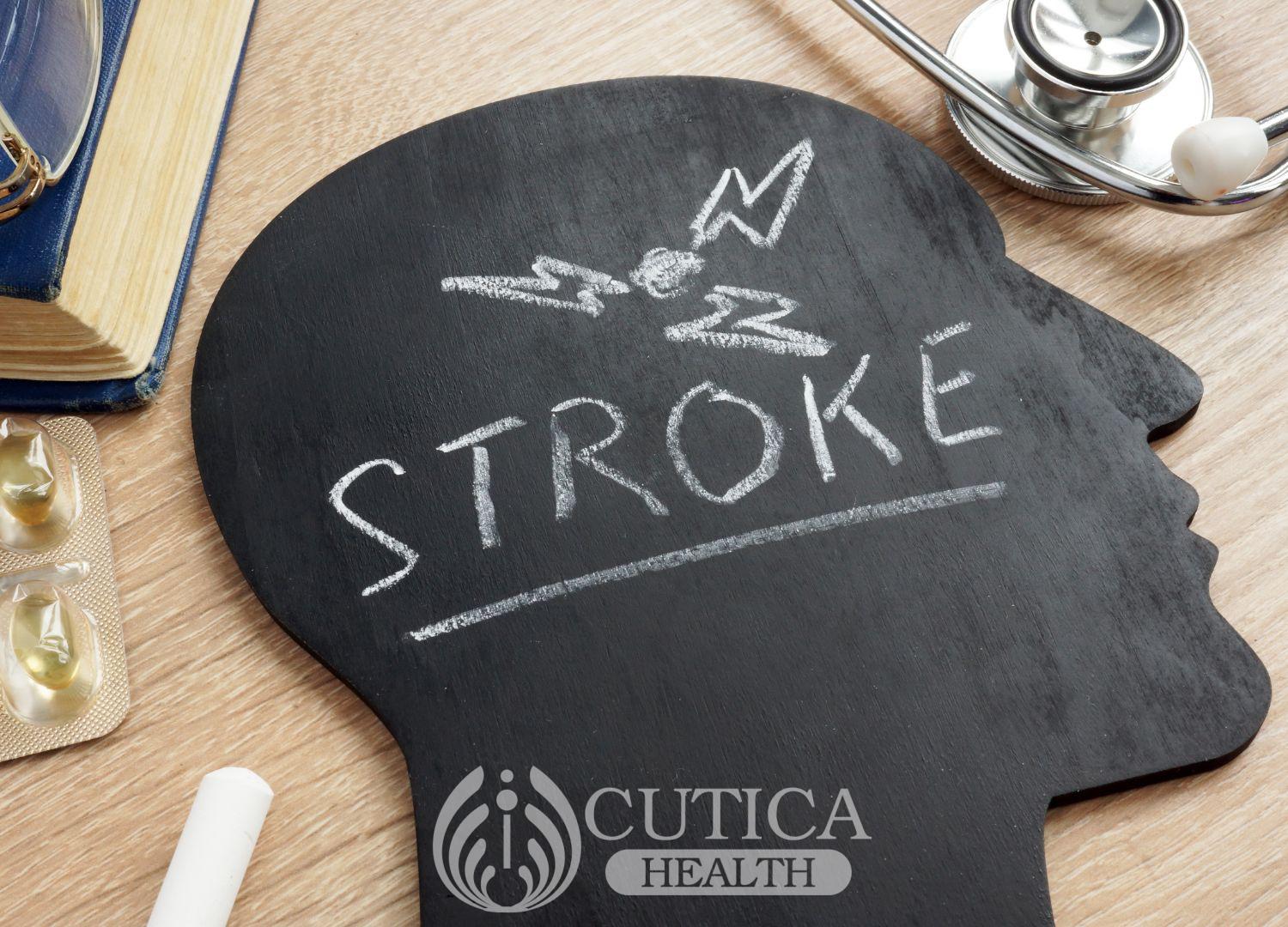
Needle stick injuries typically occur by accident. There is risk of infection transmission if the needle has been contaminated. Apart from health care workers, other occupations are also at risk such as tattoo artists and law enforcement workers. Needle stick injury can also occur home, in the park, or even while walking on the street.
EXAMPLES OF INFECTIONS THAT CAN BE ACQUIRED FROM A NEEDLE STICK INJURY
- Hepatitis B
- Hepatitis C
- HIV
WHAT TO DO IMMEDIATELY AFTER A NEEDLE STICK INJURY.
- Hold wound under running water and squeeze the puncture site to encourage bleeding.
- Wash with soap under running water
- Avoid scrubbing wound while washing
- Do not put finger in mouth to suck on the wound
- Dry the wound and cover it
- Seek medical help
- Where possible, contact the occupational health department at your place of work and report incident.
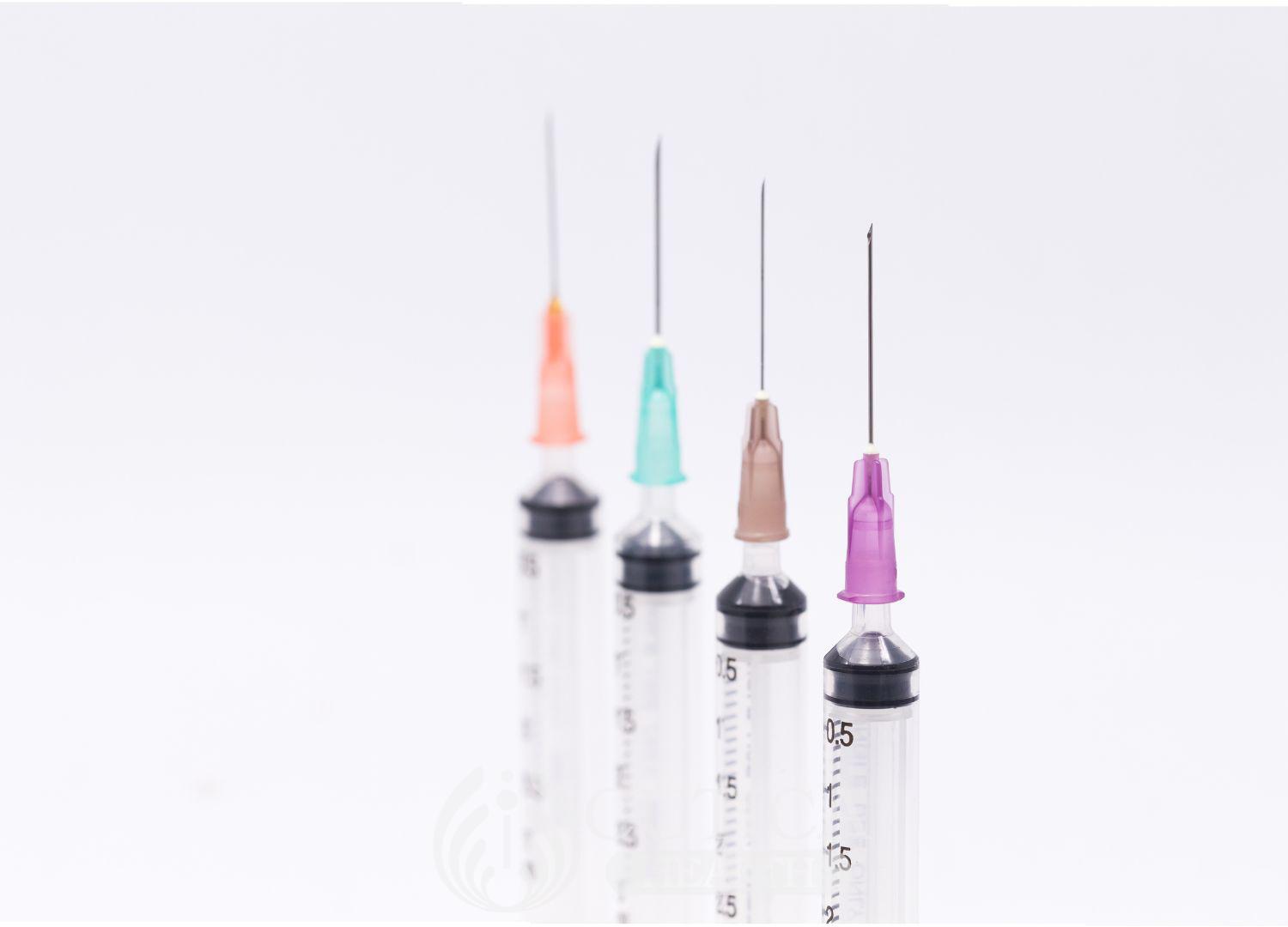
SOME SAFETY TIPS TO OBSERVE WHEN USING NEEDLES.
- Ensure you always use clean needles. Never reuse needles. Use a clean, fresh one every time.
- Do not rush when using needles. Take your time and go slowly.
- Do not recap needles after use. This is because accidents can happen when trying to put the cap back on. Simply dispose into the sharps bin instead of trying to recap. Always make use of the sharps container and do not leave needles lying about and unattended to.
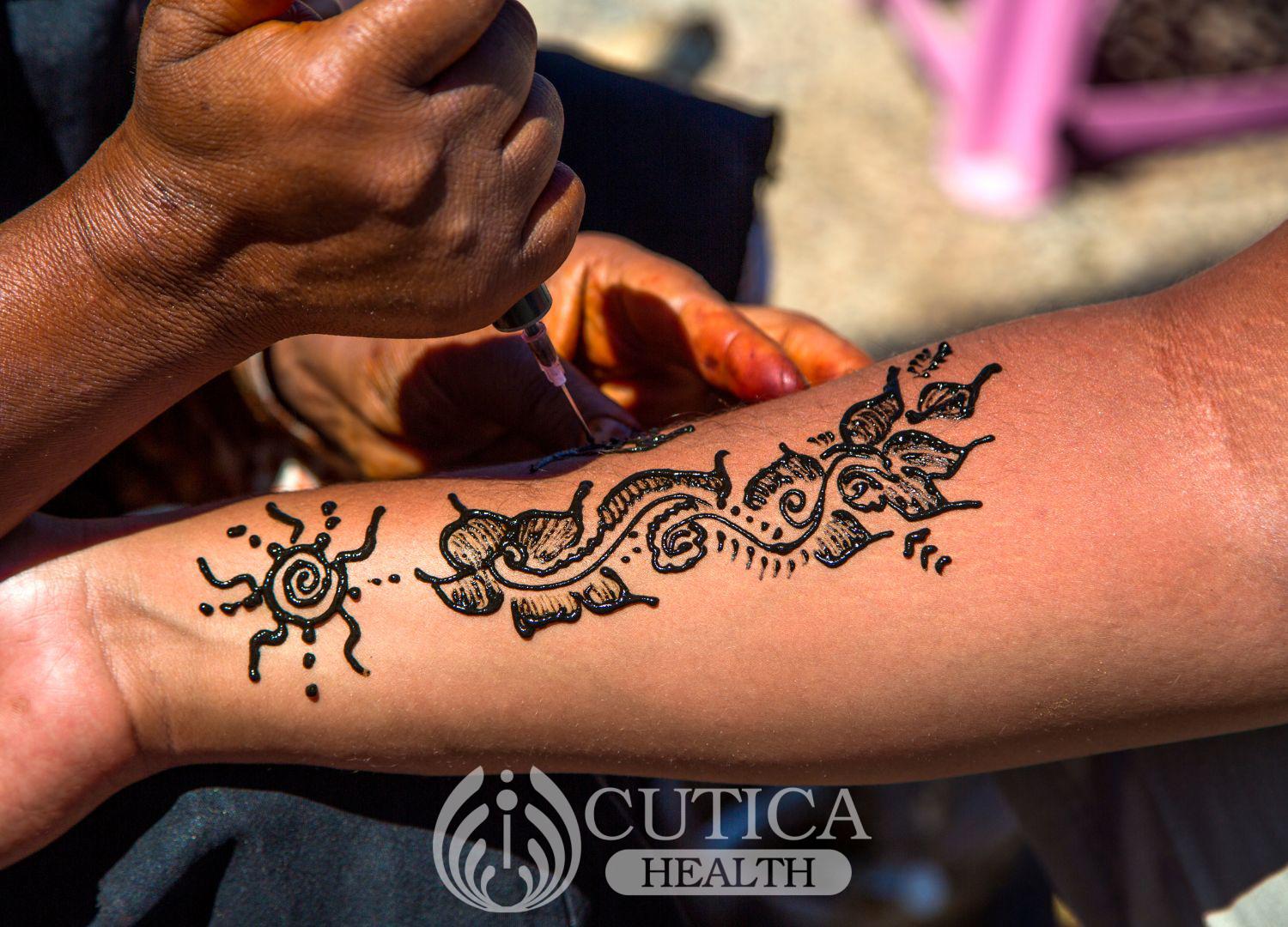
TREATMENT
In some situations, a needle stick injury may require treatment. This is when risk of an acquiring infection like HIV is high. In a situation like this, you may be immediately started on treatment called post exposure prophylaxis (PEP). This treatment is given to help prevent HIV. This is usually best started as soon as possible after the exposure. Another treatment that can be given following exposure is vaccination against hepatitis B virus.




